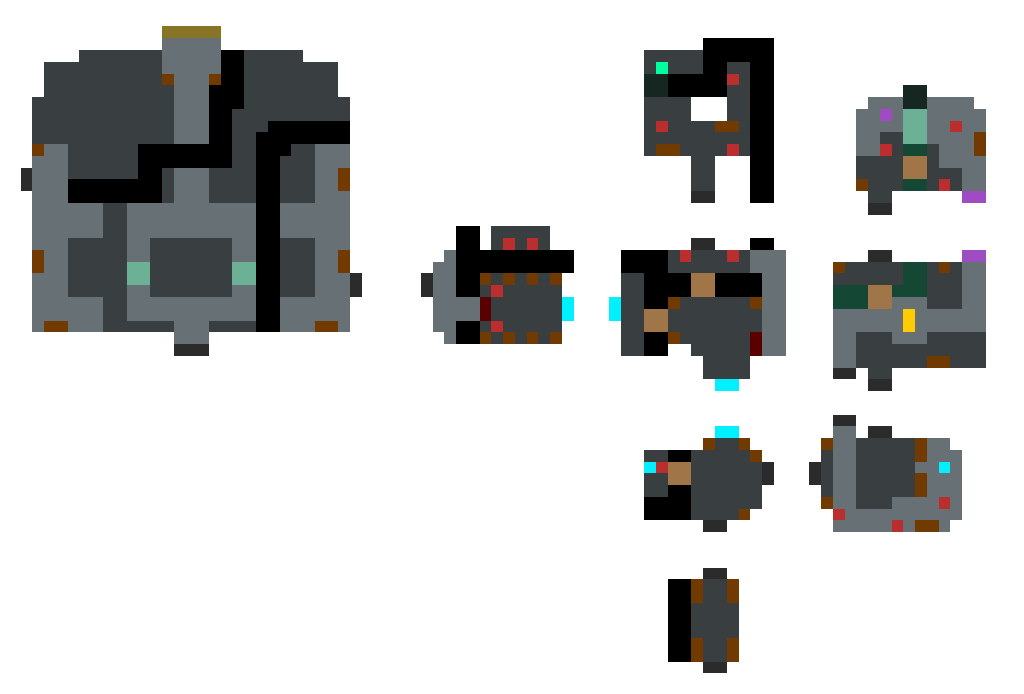
Project Overview
Dungeon Trawl, Aw Man is a top-down Action/Adventure game. The game takes place in a Storm Temple where the player would fight monsters and solve puzzles as they work further into the dungeon and narrative. My team and I worked on this for about seven weeks amid the COVID-19 pandemic. I designed the game’s dungeon and game mechanisms. I also scripted the player character, implemented pickups, and other dungeon elements. We used Azure DevOps and the Agile development method to iterate tasks each week.
Dungeon Trawl, Aw Man is a top-down Action/Adventure game. The game takes place in a Storm Temple where the player would fight monsters and solve puzzles as they work further into the dungeon and narrative. My team and I worked on this for about seven weeks amid the COVID-19 pandemic. I designed the game’s dungeon and game mechanisms. I also scripted the player character, implemented pickups, and other dungeon elements. We used Azure DevOps and the Agile development method to iterate tasks each week.
Design Goals
- Top-Down Zelda Style Gameplay with 2D Sprites in a 3D Environment
- Action System with a Variety of Weapons and Attacks
- Different Enemy Architypes with Unique Designs, Movement Patterns, and Attacks
- Dramatic Player Experience with Mystery Presented Through the Atmosphere and Gameplay
- Unclear Critical Path to Encourage Exploration and Later Invoke Mastery After Repeated Playthroughs
- Different Sets of Landscapes and Environmental Props
- Modular Programming and Assets to Allow for Rapid Prototyping

Post-Breakdown





